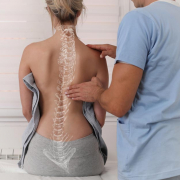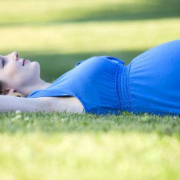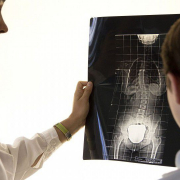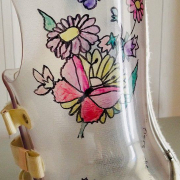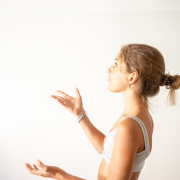First night in a brace? Stick with it!
For some young scoliosis patients, there is a particular watershed they have to face, one of those moments that separate the ‘before’ from the ‘after’. I am talking about the start of bracing therapy.
It isn’t always easy to get used to a brace, and difficult as it may seem wearing it during the day, that is nothing compared with what it is like trying to wear it at night.
When a patient goes to bed in a brace for the first time, it feels like there’s an unwelcome extra person in the bed with whom they are forced to share their mattress (whose softness and comfort they had never really appreciated, until now!).
The first night will be the hardest and the longest, but providing the patient manages to put up with the brace and resist the temptation to take it off, the second night will be easier, not least because they will be ready to catch up on the previous night’s missed sleep. After that, they will stop noticing the brace.
To begin with it’s quite normal to spend the night tossing and turning, trying to lie on your front, then your back, then on one side and then the other, before starting round again. The first minutes will drag and feel like hours and sleep will seem completely out of reach.
On top of these initial difficulties, the unluckiest patients, meaning those who start their treatment in the summer, will also have to deal with heat and sweatiness, but these problems are not insurmountable.
Obviously, if the new brace wearer is going to have a sleepless night, it is only fair that the rest of the family endure one too! And if there seems to be absolutely no way to get some rest, it might be an idea to spend some time chatting or playing together to pass the time. If, in the dead of night, the patient still hasn’t managed to fall asleep, the temptation to take off the brace and fling it aside will be great, but they must stick with it, because at a certain point, the position that currently feels impossibly uncomfortable will gradually start to feel more sustainable. And, eventually, sleep will come, finally showing the patient the best position, for them, in which to sleep.


